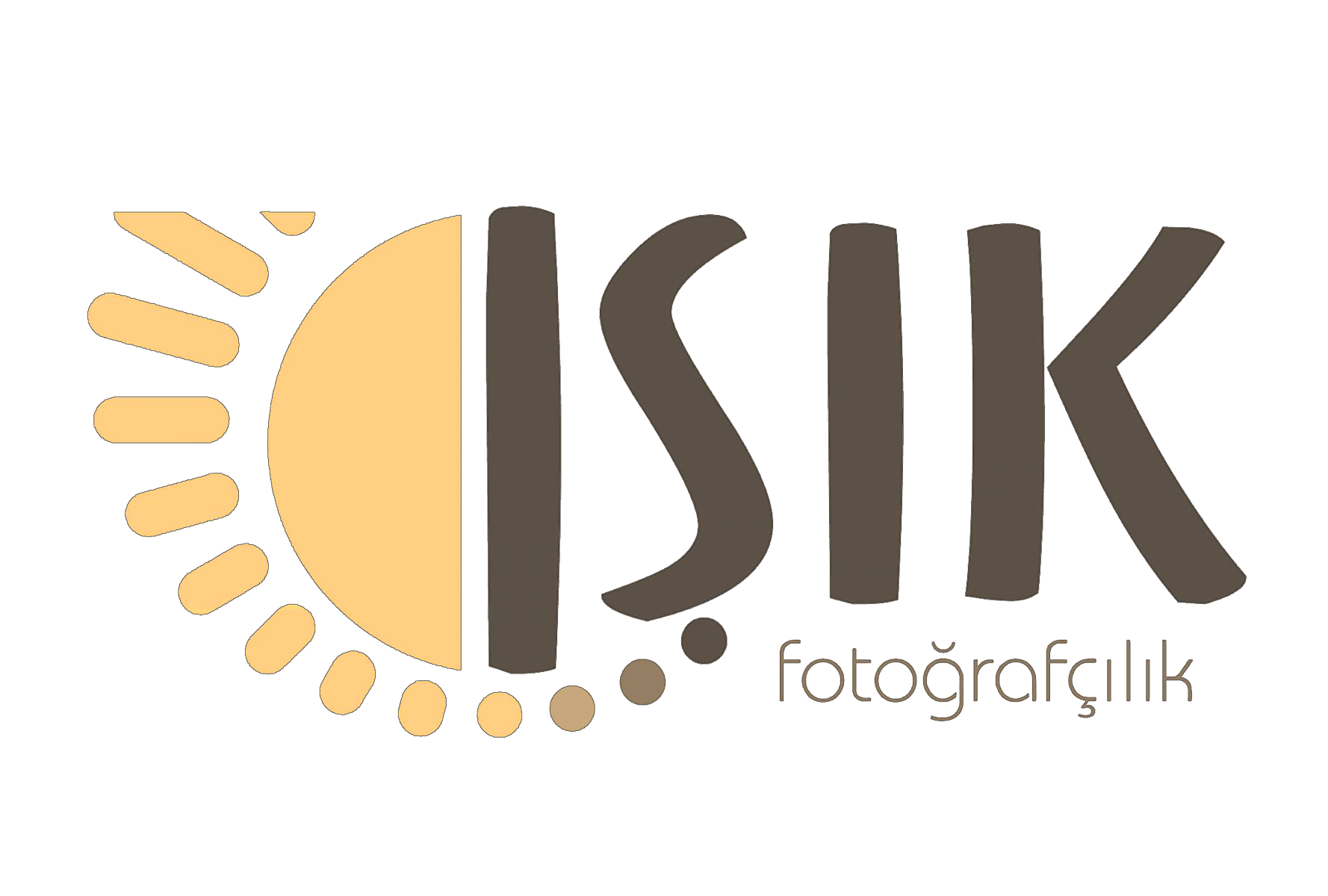
Recognizes revenue over time as a customer benefits from the product or service. All scaling SaaS businesses need a tool which manages subscriptions & recurring billing on one hand, and streamlines finance operations on the other. Chargebee makes recognizing, reporting, and staying compliant a breeze, while managing your recurring billing seamlessly. Deferred revenue is the money you’ve already billed, but you can’t recognize as revenue because the service is yet to be provided. In order to comply with the GAAP principles, a solid understanding of these key metrics is crucial. Let’s explore Bookings, Billings, and Revenue from an accounting perspective.
In January, the annual subscriptions would be divided into $10,000 for January revenue, and $110,000 for Unearned Revenue that would be spread over the other 11 months of the year. Many of these incomes and expenses should have been spread over their full lifetime with the company to truly reflect the company’s activities saas accounting rules and transactions. Then, in February, the company paid $4,000 for 3 months’ web hosting, and received $3,000 in new subscription revenue. In either scenario, the success or failure of the business depends on the willingness of customers to make recurring purchases over time, rather than a one-time purchase.
Revenue Recognition for Shift in Monthly to Annual Plan Cycle
Every company has some way to track income, expenses, assets, and liabilities. Due to their unique business model, SaaS companies will have some industry-specific variations in their accounting practices. Their financial statements will also have very different metrics and ratios than other online business types. At Kruze, we combine automated software with experienced controllers and CFOs.
It manages the intricacies of long sales cycles, with many customer touchpoints, and varied pricing models. Our Software as a Service companies tend to carefully track their MRR and ARR. However, along with deferred revenue, MRR and ARR calculation and revenue recognition is the most difficult part of providing SaaS accounting services.
Why does good accounting matter for SaaS companies?
Recognizing deferred revenue before fulfilling your contractual obligations can lead to inaccurate growth forecasts, which, as we know, is terrible for business. Revenue recognition is a big part of the GAAP standards we mentioned above. Simply put, revenue recognition determines when payment is recognized as revenue. In short, it’s not revenue until you have fulfilled your performance obligation. For instance, what metrics, standards, and procedures should you have in place?
- Find out how GoCardless can help you with ad hoc payments or recurring payments.
- Generally Accepted Accounting Principles (GAAP US) is an accounting standard regulated by the Financial Accounting Standards Board (FASB).
- For a SaaS or subscription business, revenue recognition can be complex, mainly because of the service-oriented nature of the product.
- For instance, recurring payments and the ability to downgrade, upgrade or purchase add-ons make SaaS accounting different from traditional models.
- These articles and related content is provided as a general guidance for informational purposes only.
Tied to actual or estimated usage metrics, usage-based revenue is also recognized. The length of contracts and the likelihood of renewals impact recognition, necessitating adjustments for discounts or concessions. In the context of SaaS accounting software, revenue refers to the income of a SaaS company earned through the provision of its software services. There are two major accounting methods that SaaS companies deploy, called cash-basis and accrual accounting. In accrual-basis accounting, annual and monthly GAAP revenue will track closely (though not exactly) with ARR or MRR. This means that the company has to have some extra accounts for both income and expenses.
Billings
In the case of cancellation without refund, the customer cancels the services from Help! At the beginning of April, but contractually, is not entitled to a complete or partial refund. This explains how transaction price is allocated across all performance obligations identified in the contract.
- Issues a credit note of $8000 for refund in April and thereafter, the revenue is recognized in the respective months.
- It is an essential indicator of a company’s performance and helps with accurate forecasting.
- It indicates the customer attrition rate and can be calculated regarding customer count or revenue lost.
- While many key SaaS metrics and KPI’s are not reported in financial statements, many key metrics can be pulled from financial statements.
- It provides a clear view of cash flow but may not accurately reflect the financial performance and obligations of the business.
- This recognition is the case regardless of when the client pays the SaaS company, so even if the client pays upfront or quarterly, the revenue is recognized the same.
Types of relevant automation software include AP automation and global payments software for cloud-based accounts payable and recurring billing platforms with real-time dashboards for SaaS metrics. SaaS Accounting refers to the specific accounting practices and processes applied to Software as a Service (SaaS) businesses. It focuses on managing and reporting the financial activities and transactions unique to a SaaS business. SaaS accounting encompasses various aspects, including revenue recognition, subscription billing, cost management, and financial reporting.

+There are no comments
Add yours